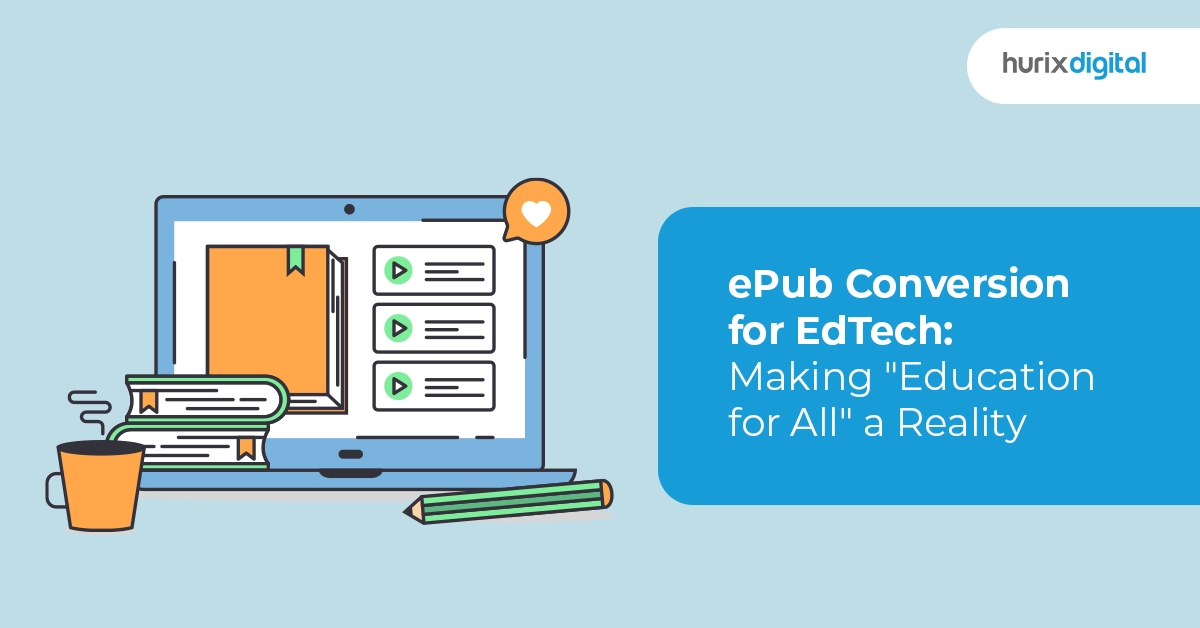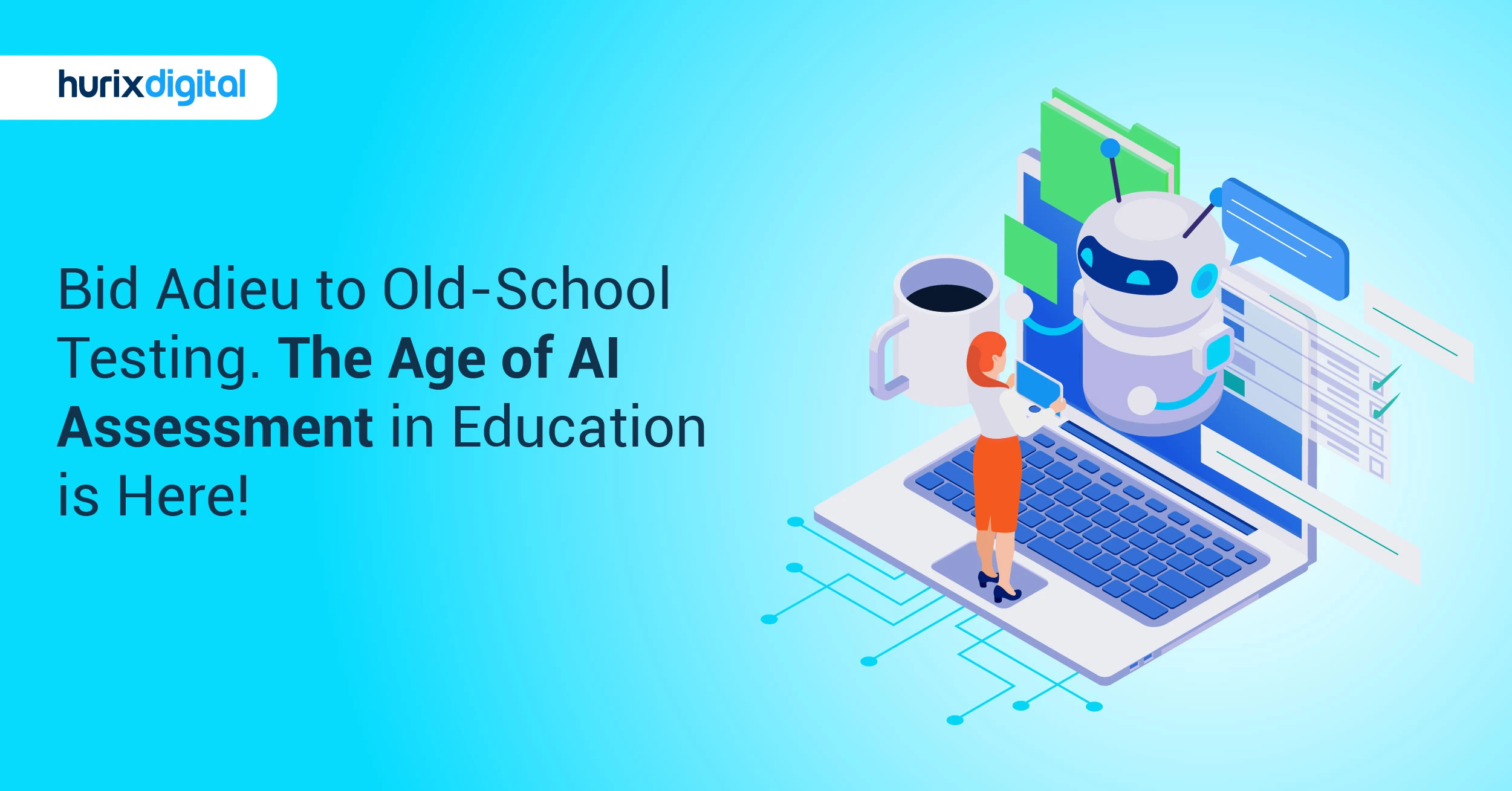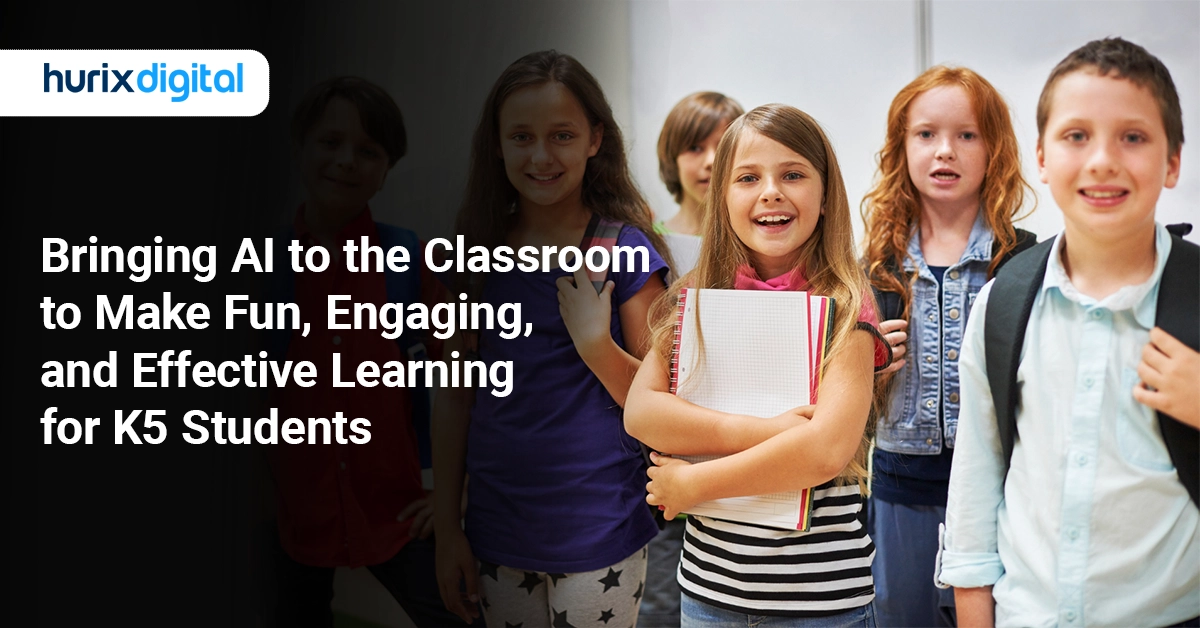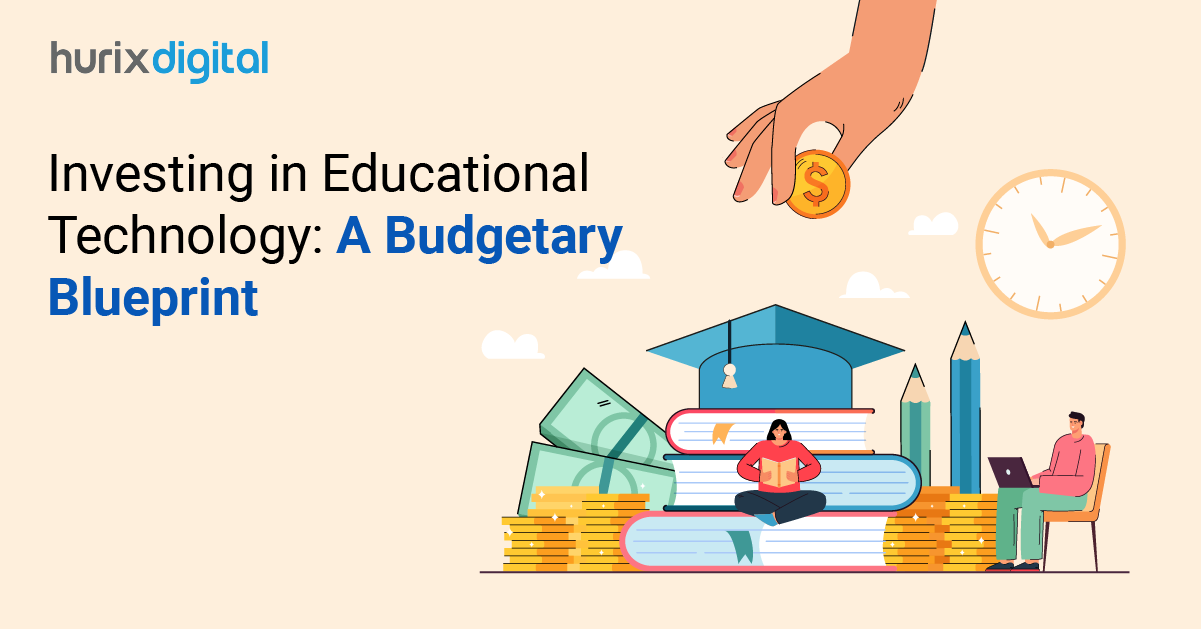
ePub Conversion for EdTech: Making “Education for All” a Reality
Summarize with:
Academics can be challenging for every kid. But, for 1 in 10 students worldwide, learning can be a real struggle. Why, you may ask? Because they live with some form of disability.
Whether it is visual impairment, hearing loss, autism, or dyslexia, these disabilities result in major learning roadblocks for students. But, as wise men say, “Every problem has a solution.” ePub conversion for EdTech addresses the accessibility issues.
How?
Keep reading as we find answers to this “How.”
Table of Contents:
- Accessibility in Education: Potential Challenges
- ePub Conversion for EdTech: Many Problems, One Solution
- How Does ePub Conversion Help Educational Institutes?
- ePub Conversion and Accessibility in Education
- Wrapping Up
Accessibility in Education: Potential Challenges
“Quality education for all” is a significant part of UNESCO’s initiative. However, it is easier said than done. Several obstacles exist, one of which is the lack of accessibility features.
While ePub conversion has addressed this problem to a certain extent, the work is still in progress. Before we get into how eBooks make education immersive and interactive, let’s quickly see some of the potential speed breakers:
1. Inadequate Technologies
Though EdTech tools have raised educational accessibility standards, there is a long way to go. Many institutes do not have assistive devices or technologies such as screen readers, sign language interpreters, or braille textbooks.
2. Learning Disabilities
Did you know that 8% – 10% of American students under the age of 18 years have some type of learning disorder? These disabilities include difficulty in writing, reading, listening, or math.
Traditional learning methods that rely heavily on hard-bound books and standardized tests can be complex for students with learning disabilities.
3. Hearing Impairment
WHO data shows that about 34 million children globally have hearing impairments, including hearing loss or deafness. Due to limited auditory learning resources, these students often need help comprehending and engaging with academics.
4. Visionary Disabilities
This category covers a range of vision problems, from partial loss of sight to complete blindness. These visual impairments cause difficulties in traditional reading, writing, and distinguishing colors and shapes.
5. Speech and Language Issues
Students with speech or language disorders often struggle to understand words and form meaningful sentences. Moreover, they need help reading, writing, or speaking aloud in class.
Also Read: Level Up Value & Inclusion: Top 7 Reasons Costs Won’t Hinder Accessible Education
ePub Conversion for EdTech: Many Difficulties, One Solution
When there is a difficulty, there is a solution. And nothing addresses these obstacles like eBook conversion tools.
But what exactly is ePub conversion?
Let’s check out:
ePub conversion in EdTech refers to converting digital eBooks from formats like PDF, IBA, or MOBI to ePub. This enables readers to open the eBook on various devices such as mobile, tablets, iPods, or Kindle.
How Does ePub Conversion Help Educational Institutes?
Digital learning materials offer endless opportunities. Let’s quickly check out how it contributes to accessibility in education:
- Digital resources are more pocket-friendly – both to buy and create – as there is no printing cost involved. This can be extremely beneficial for students with limited financial resources.
- There is zero waiting time for eBooks. Students and teachers can download these resources instantly, allowing them to access them anytime and anywhere.
- ePub conversion incorporates multimedia elements such as audio, video, or graphics, delivering an immersive learning experience. Screen readers allow students with partial vision loss to comprehend the textual context.
- Advanced accessibility features enable students to customize their learning experience. For example, students with color blindness can adjust screen brightness and background colors for effortless reading.
ePub Conversion and Accessibility in Education
Digital learning material is crucial in creating an interactive and captivating learning experience. How? Read on as we explore various factors:
1. Incorporate Multimedia Elements
Pages after pages of small fonts embedded with poor-quality graphics can not sustain students’ attention for longer. Additionally, certain applied science concepts, like STEM subjects, can be difficult to understand. That is where ePub conversion can work wonders.
Integrating multimedia elements turns students from passive learners to active participants. This allows them to learn at their own pace and interact with the learning resources that suit their learning capabilities.
For example, video lessons with closed captions allow students with partial or complete hearing loss to understand complex subjects.
2. Multiple Device Compatibility: Portability on the Go
ePub conversion breaks the physical barriers — it offers convenience and portability compared to traditional textbooks. With the widespread availability of tablets, laptops, and smartphones, students can learn wherever they go.
Besides, digital learning materials offer customizable features like text-to-speech, allowing students with dyslexia to cope with reading text.
3. ePub Supports Interactive Elements
An ePub resource can easily contain interactive elements such as puzzles, quizzes, or games. This content not only keeps the students engaged but also allows them to complete tasks without relying on any help.
This eventually boosts their confidence, making them more productive. Incorporating fun learning elements makes understanding complex concepts easier for students with speech impairment.
4. Customizable Fonts and Display Options
Unlike conventional textbooks, digital learning materials offer advanced accessibility features. For instance, students with dyslexia can use text synchronization with read-aloud to cope with their learning disabilities.
This empowers them to get fully involved in their learning experience, boosting their morale. In a nutshell, ePub conversion in EdTech offers countless benefits, such as an inclusive learning experience for every student.
5. Personalized Learning Experience
Every special needs student is different and has a unique learning pace. Thus, it is essential to create a learning path tailored to meet these individual needs. Digital learning materials offer self-assessment and bookmarking options to help students choose a learning pace that suits them.
In addition, this allows the students to access relevant educational resources. For example, students struggling to understand a complex STEM concept can use self-assessment to identify their weak points. They can focus on these areas and work on them to get the best results.
Also Read: Embracing Evolution & Navigating Higher Education in the 21st Century
Wrapping Up
There is no doubt that ePub conversion offers endless advantages. Packed with intuitive and futuristic features, digital learning materials are the best way forward for accessibility in education. As technology evolves, ePub conversion in EdTech will make education more accessible, sustainable, and immersive for every student.
Partner with Hurix Digital for scalable and robust ePub conversion services. We have extensive experience and expertise in digital transformation services. Want more information? Contact us today.
Summarize with:

Vice President – Content Transformation at HurixDigital, based in Chennai. With nearly 20 years in digital content, he leads large-scale transformation and accessibility initiatives. A frequent presenter (e.g., London Book Fair 2025), Gokulnath drives AI-powered publishing solutions and inclusive content strategies for global clients
 Upcoming Masterclass | Build an Army of Brand Evangelists using Training & Development | November 20th, 8:30 AM PDT | 11:30 AM EDT | 10:00 PM IST
Upcoming Masterclass | Build an Army of Brand Evangelists using Training & Development | November 20th, 8:30 AM PDT | 11:30 AM EDT | 10:00 PM IST




